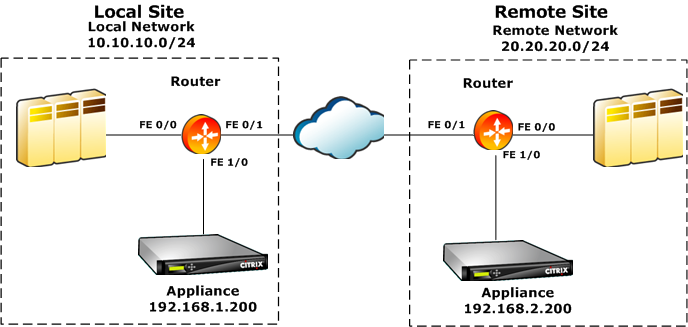This content has been machine translated dynamically.
Dieser Inhalt ist eine maschinelle Übersetzung, die dynamisch erstellt wurde. (Haftungsausschluss)
Cet article a été traduit automatiquement de manière dynamique. (Clause de non responsabilité)
Este artículo lo ha traducido una máquina de forma dinámica. (Aviso legal)
此内容已经过机器动态翻译。 放弃
このコンテンツは動的に機械翻訳されています。免責事項
이 콘텐츠는 동적으로 기계 번역되었습니다. 책임 부인
Este texto foi traduzido automaticamente. (Aviso legal)
Questo contenuto è stato tradotto dinamicamente con traduzione automatica.(Esclusione di responsabilità))
This article has been machine translated.
Dieser Artikel wurde maschinell übersetzt. (Haftungsausschluss)
Ce article a été traduit automatiquement. (Clause de non responsabilité)
Este artículo ha sido traducido automáticamente. (Aviso legal)
この記事は機械翻訳されています.免責事項
이 기사는 기계 번역되었습니다.책임 부인
Este artigo foi traduzido automaticamente.(Aviso legal)
这篇文章已经过机器翻译.放弃
Questo articolo è stato tradotto automaticamente.(Esclusione di responsabilità))
Translation failed!
Virtual Inline Mode
Note:
Use virtual inline mode only when both inline mode and WCCP mode are impractical. Do not mix inline and virtual inline modes within the same appliance. However, you can mix virtual inline and WCCP modes within the same appliance. Citrix does not recommend virtual inline mode with routers that do not support health monitoring.
In virtual inline mode, the router uses policy based routing (PBR) rules to redirect incoming and outgoing WAN traffic to the appliance for acceleration, and the appliance forwards the processed packets back to the router. Almost all of the configuration tasks are performed on the router. The only thing to be configured on the appliance is the forwarding method, and the default method is recommended.
Like WCCP, Virtual inline deployment requires no rewiring and no downtime, and it provides a solution for asymmetric routing issues faced in a deployment with two or more WAN links. Unlike WCCP, it contains no built-in status monitoring or health checking, making troubleshooting difficult. WCCP is thus the recommended mode, and virtual inline is recommended only when inline and WCCP modes are both impractical.
Example
The following figure shows a simple network in which all traffic destined for or received from the remote site is redirected to the appliance. In this example, both the local site and remote site use virtual inline mode.
Figure 1. Virtual Inline Example

Following are some configuration details for the network in this example:
- Endpoint systems have their gateways set to the local router (which is not unique to virtual inline mode).
- Each router is configured to redirect both incoming and outgoing WAN traffic to the local appliance.
- Each appliance processes the traffic received from its local router and forwards it back to the router.
- PBR rules configured on the router prevent routing loops by allowing packets to make only one trip to and from the appliance. The packets that the appliance forwards back to the router are sent to their original (local or remote) destination.
- Each appliance has its default gateway set to the address of the local router, as usual (on the Configuration: Network Adapters page). The options for forwarding packets back to the router are Return to Ethernet Sender and Send to Gateway.
Share
Share
In this article
This Preview product documentation is Cloud Software Group Confidential.
You agree to hold this documentation confidential pursuant to the terms of your Cloud Software Group Beta/Tech Preview Agreement.
The development, release and timing of any features or functionality described in the Preview documentation remains at our sole discretion and are subject to change without notice or consultation.
The documentation is for informational purposes only and is not a commitment, promise or legal obligation to deliver any material, code or functionality and should not be relied upon in making Cloud Software Group product purchase decisions.
If you do not agree, select I DO NOT AGREE to exit.